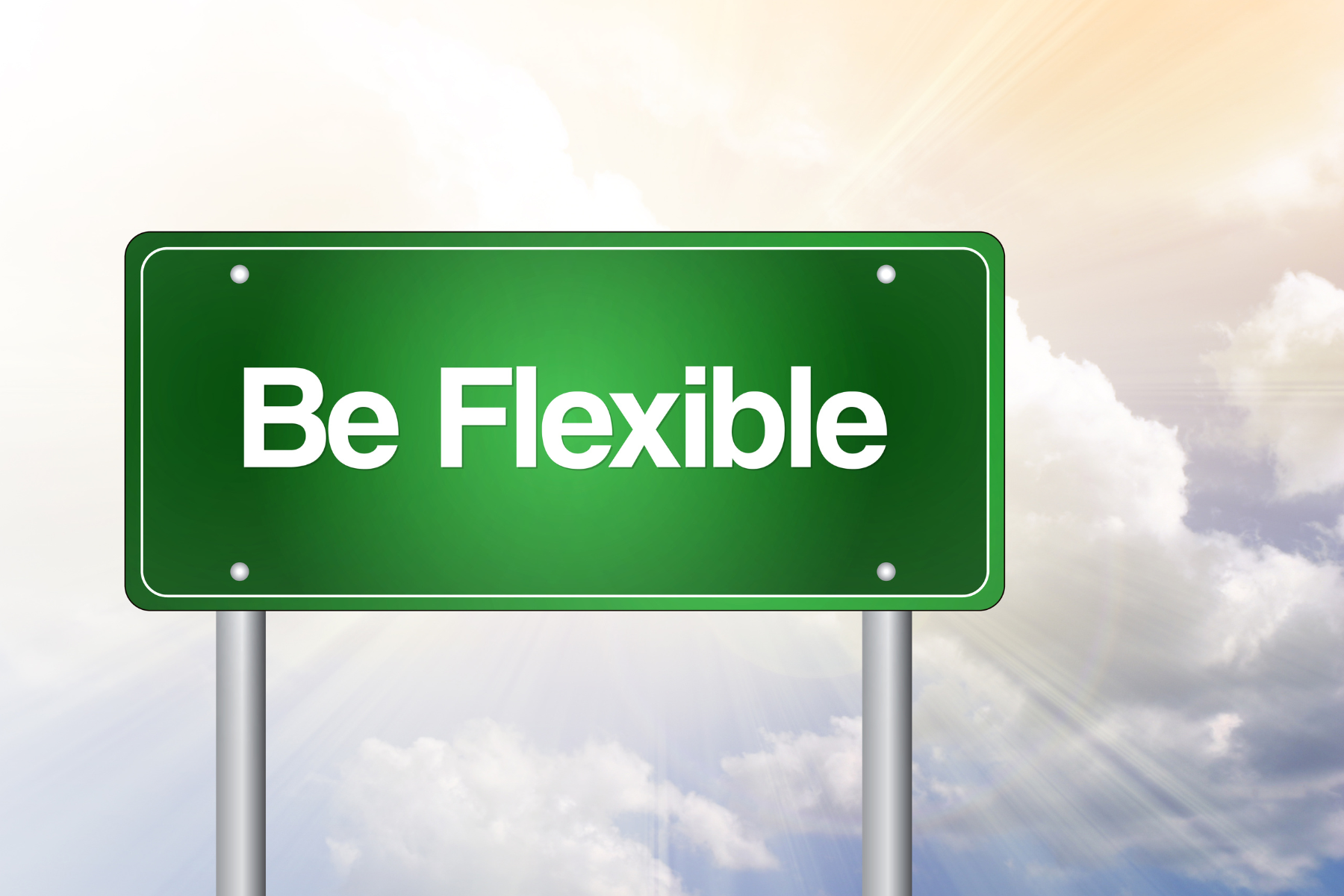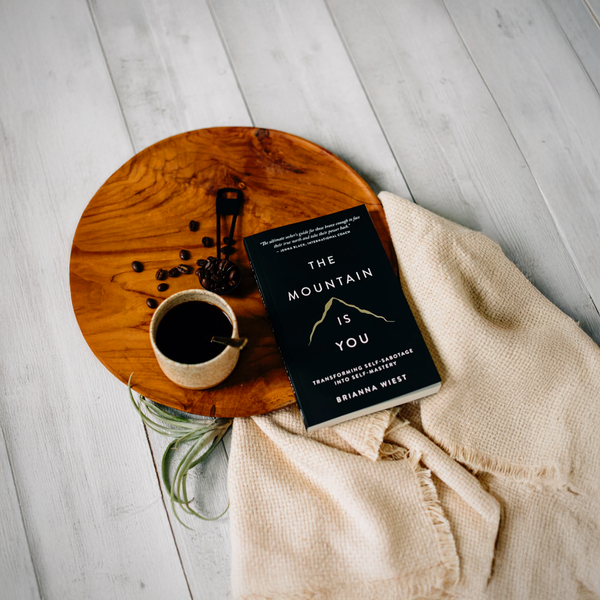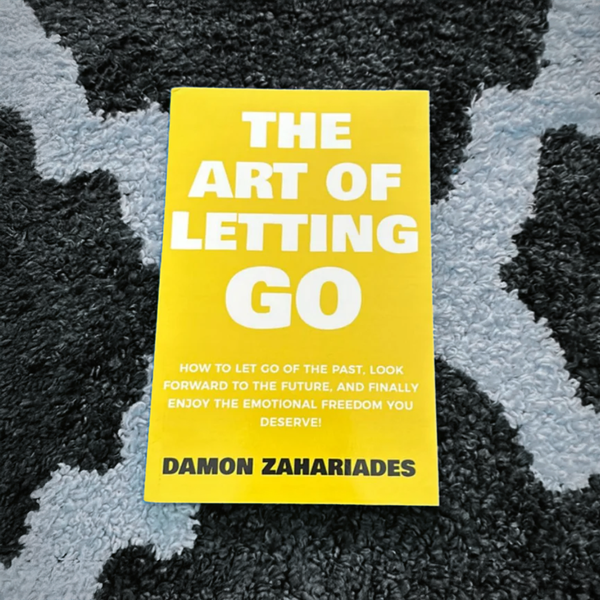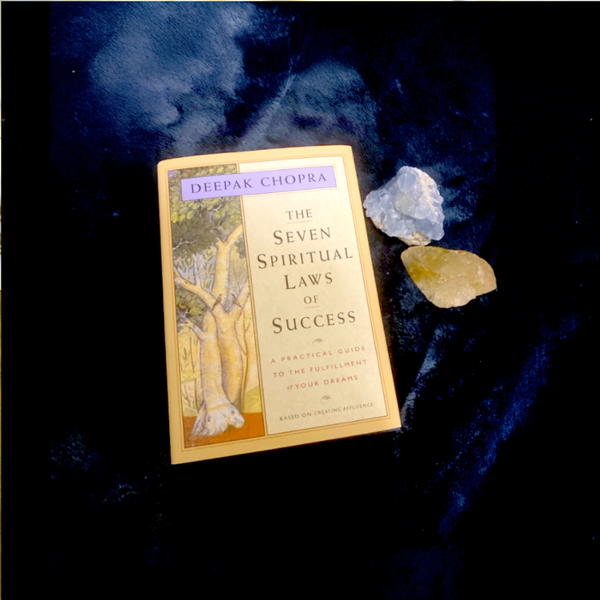Have you ever felt stuck while creating a work of art?
It's frustrating, isn't it?
You can feel your creativity waning and the idea for your masterpiece dissipating before your eyes.
But what if I told you there was a secret weapon you could use to unlock the power of flexibility and strengthen your creative process?
By learning to adjust our mindsets for more flexible thinking, we as artists can find new ways around artistic roadblocks and push ourselves further creatively than ever before.
If you're a creator looking to unleash the full potential of your creative mind, flexible thinking is a powerful tool that can help you tap into your creative genius and take your craft to entirely new realms of possibility.
Whether you’re just starting out or already have decades of experience, learning how to be flexible with your approach will open up amazing opportunities for exploration and discovery.
In this article, we'll dive into how to nurture and use flexible thinking for creativity, so you never run out of fresh and exciting ideas.
Through this blog post, we'll be discussing ways that anyone can benefit from developing flexible thinking skills—from improving communication with others in the studio to guiding our imagination down novel paths—to discover newfound depths within their artwork!
Read on if you want to break down the walls that are inhibiting your creativity - let's dive in together!
Key Takeaways:
- Understand the essence of flexible thinking and its impact on creativity and problem-solving.
- Learn practical strategies to enhance your cognitive flexibility and overcome rigid thinking patterns.
- Discover how to encourage flexible thinking in both personal and professional environments.



What is Flexible Thinking?
Flexible thinking, or cognitive flexibility, is the mental ability to switch between thinking about two different concepts, and to think about multiple concepts simultaneously.
It's a cornerstone of creativity and problem-solving, allowing individuals to adapt their approach to different situations and consider various perspectives.
Flexible thinking allows creators of all skill levels to expand their creative capacity and unlock newfound potential in their work.
By cultivating an open mindset, letting go of rigid expectations and giving yourself permission to explore, artists can discover new techniques, push boundaries and create incredible works of art.
Creative flexibility isn't just about coming up with unique ideas; it's also about being able to let go of old ones.
It's the difference between being stuck thinking in a loop and being able to move forward with innovative solutions.
By tapping into flexible thinking, creators can overcome creative blocks and open themselves up to endless possibilities.

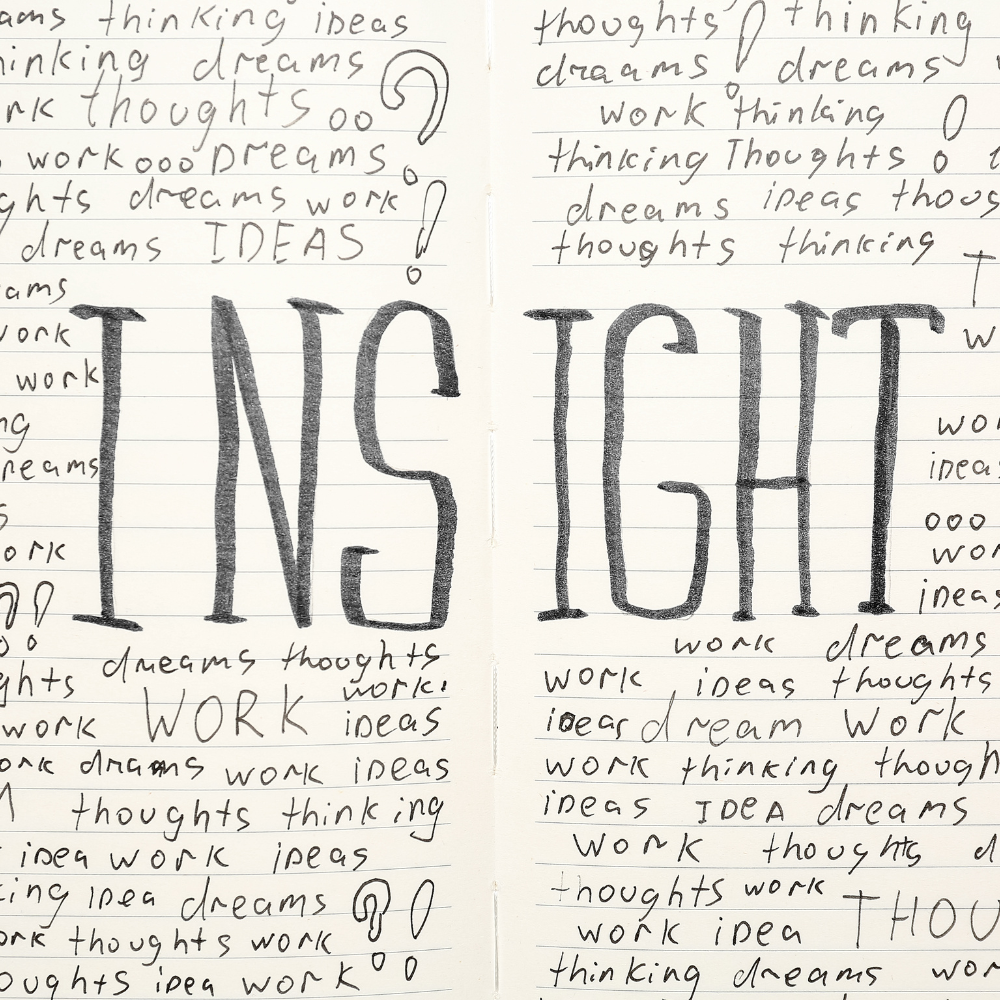
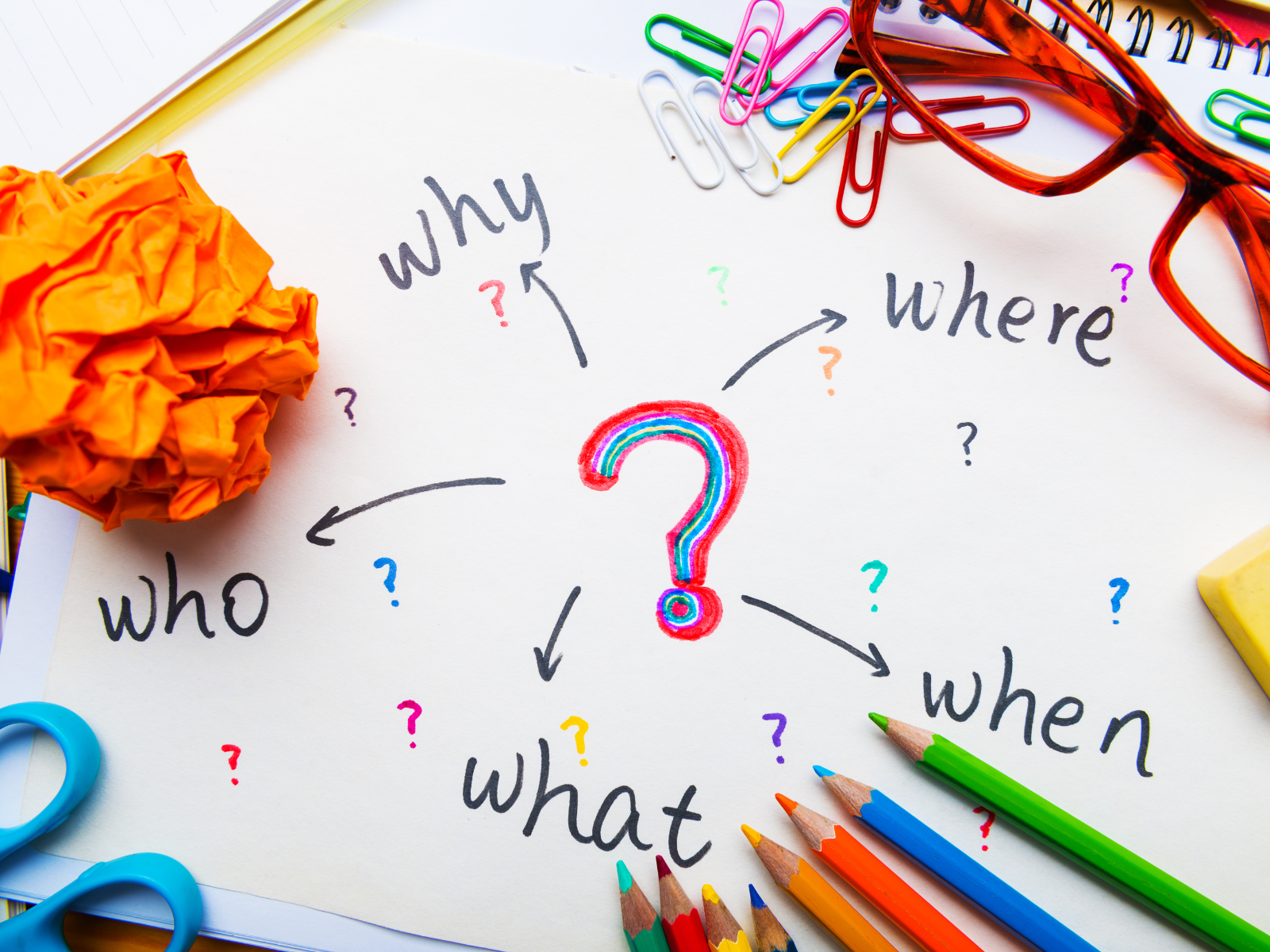
The Importance of Creative Flexibility
In a rapidly evolving world, those with weak flexible thinking skills may find themselves at a disadvantage.
Creative flexibility enables creators to not only generate fresh ideas but also to pivot when necessary.
It's the skill that allows us to look at a problem and see not just one solution, but a multitude of different solutions.
Rigid thinking, on the other hand, can leave individuals feeling stuck when faced with new challenges.
It's the mindset that there's only one way to do things, which can hinder both personal growth and professional progress.
By fostering creative flexibility, artists can embrace change and adapt to new situations with ease.
This allows for continuous growth, experimentation, and innovation in their work.
We can teach flexible thinking to children, but it's also a skill that can be developed and strengthened throughout our lives.
By making a conscious effort to incorporate flexible thinking into our artistic processes, we can continually expand our creative potential and stay ahead of the curve in an ever-changing world.



Link Between Flexible Thinking and Creativity
As an artist, whether aspiring or professional, creativity is at the core of your craft.
It's the driving force that propels your vision and passion.
But what happens when your mind gets stuck, and the inspiration seems to dry up?
That's where flexible thinking comes in.
Flexible thinking is a mental process that allows us to think of multiple solutions to a problem or situation.
It's the key to unlocking new ideas and unleashing your full creative potential.
In a world that's constantly changing, the ability to adapt and think flexibly has never been more crucial.
Whether you're a professional aiming to innovate, a student tackling complex subjects, or simply someone navigating the intricacies of daily life, flexible thinking can be your superpower.
Creativity and flexible thinking are intrinsically connected.
Creative individuals often exhibit high levels of cognitive flexibility, as they're able to draw connections between seemingly unrelated concepts and to approach problems from unique angles.
To enhance one's creativity, it's essential to practice flexible thinking regularly.
This can be done through creative hobbies, engaging with diverse forms of art, and simply allowing oneself the time and space to think freely.
By continuously strengthening our flexible thinking skills, we can tap into our creative genius and reach new heights in our artistic pursuits.
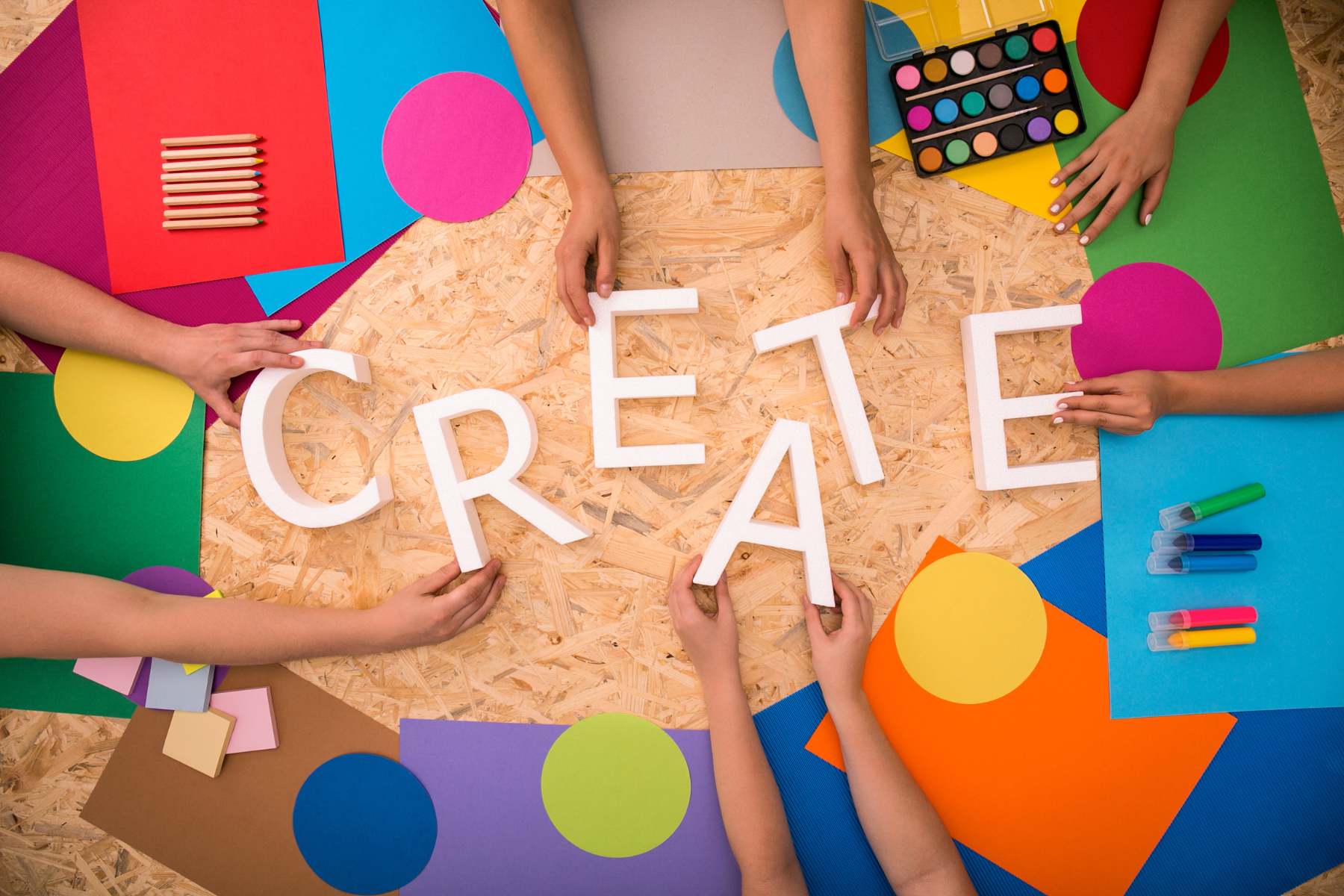
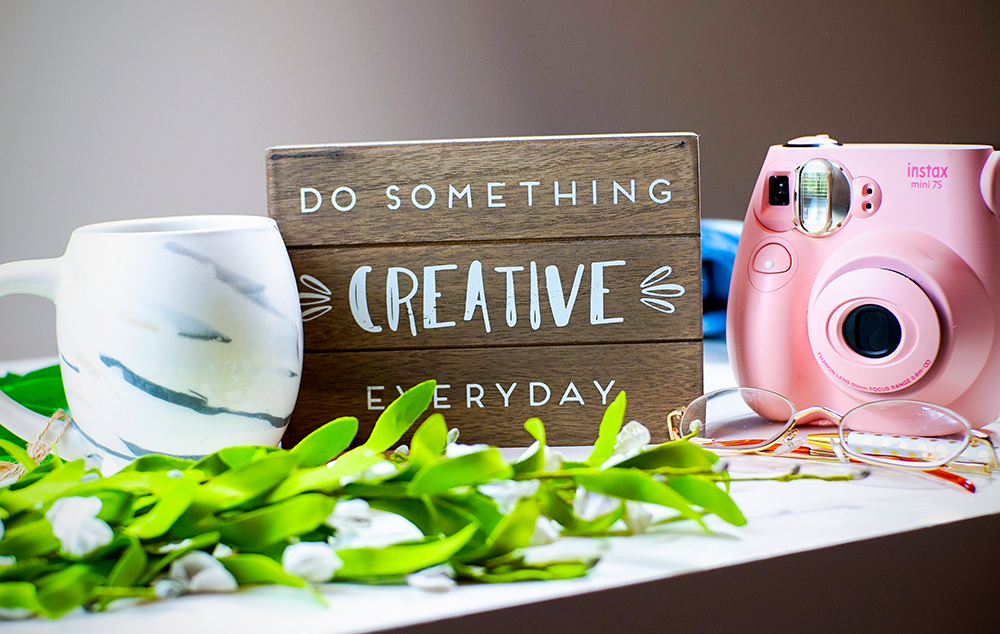
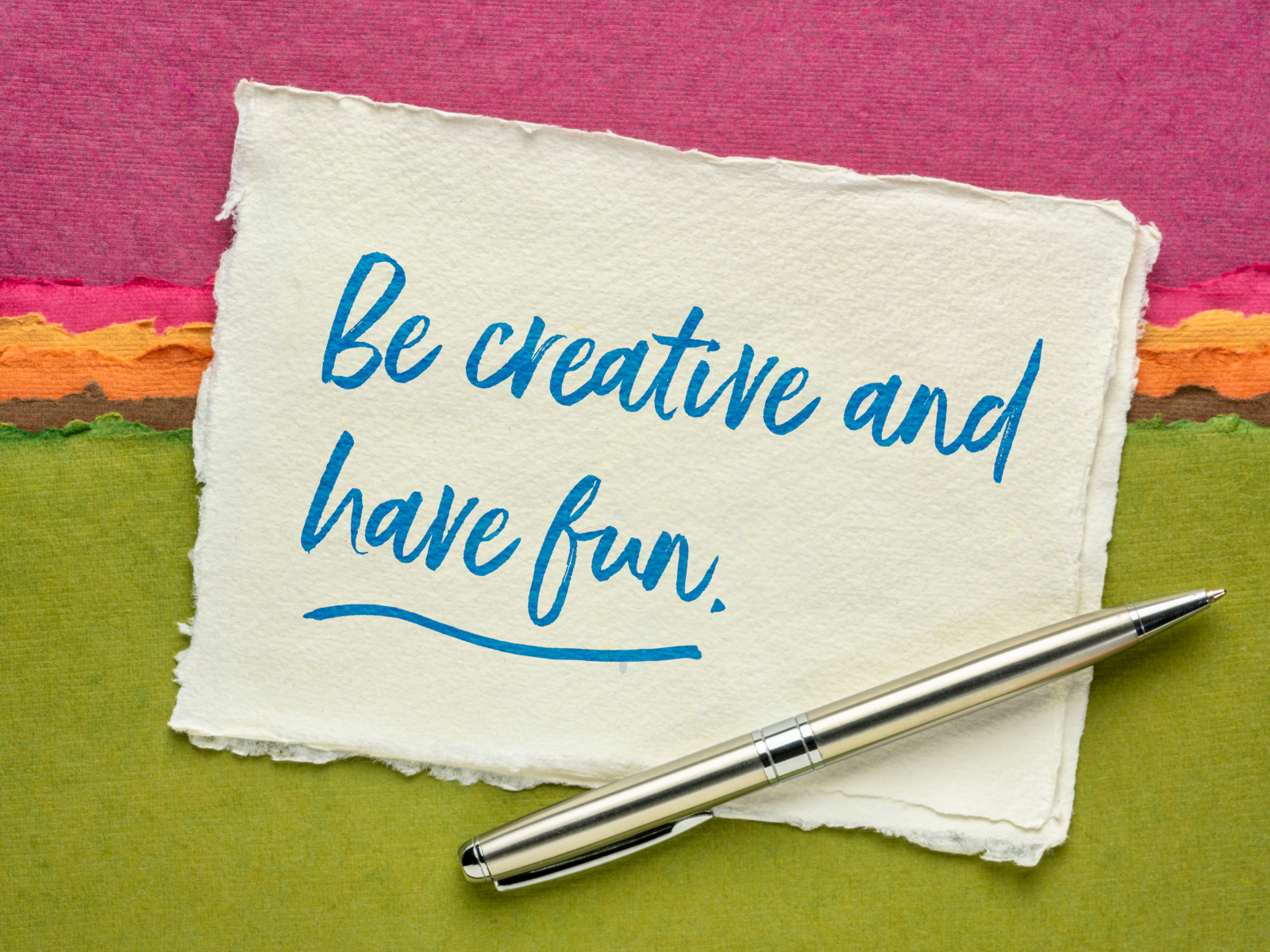
The Role of Flexible Thinkers in Society
Flexible thinkers are the innovators and the change-makers.
They're the ones who can take other people's ideas and build upon them, creating something entirely new.
Their ability to think outside the box is what drives society forward, leading to breakthroughs in technology, art, and science.
Without flexible thinkers, we would be trapped in a cycle of repetition, unable to move past established norms and conventions.
Their creative thinking is a catalyst for growth and development in every field.
By embracing flexible thinking, individuals can play a crucial role in shaping a brighter and more dynamic future for all.


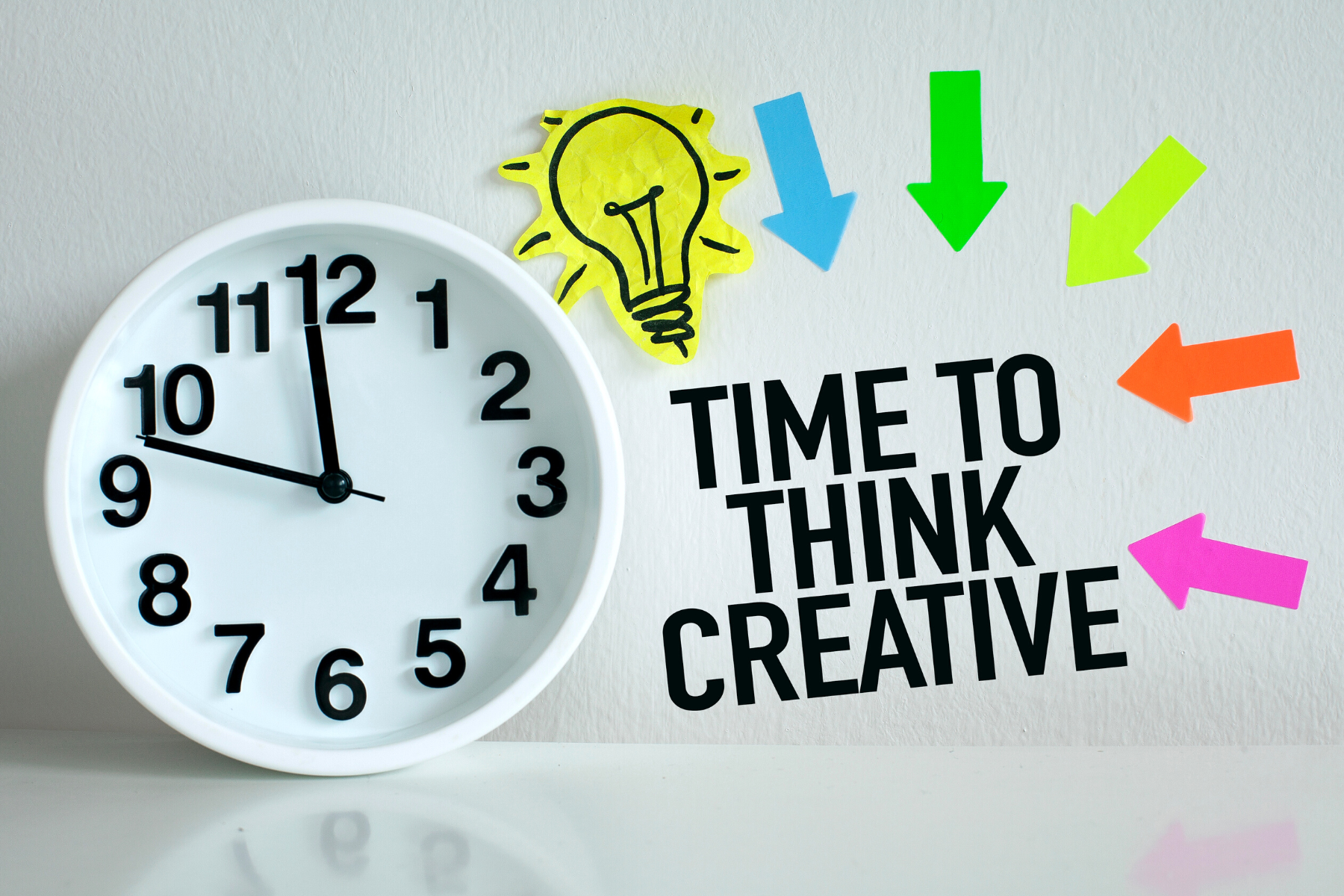
Overcoming Rigid Thinking
Rigid thinkers often struggle with change and can benefit from learning how to practice flexible thinking.
It's about training the brain to consider alternatives and to be open to different solutions.
This shift in mindset can lead to a more fulfilling and less stressful life, as it allows individuals to adapt more easily to the unexpected.
Encouraging cognitive flexibility isn't just about breaking out of a mental rut; it's about building a more resilient and versatile mind.
By overcoming rigid thinking, we open ourselves up to a world of possibilities.
Embracing diversity of thought is a cornerstone of thinking flexibly.
When we open ourselves to other people's ideas, we not only broaden our own perspectives but also foster an environment where innovation thrives.
By actively seeking out and considering viewpoints that differ from our own, we challenge our preconceived notions and biases, leading to more comprehensive and adaptable problem-solving strategies.
This approach doesn't just benefit individuals; it enriches entire communities and organizations by harnessing a wide range of experiences and expertise.
Moreover, embracing diverse thoughts encourages a culture of respect and collaboration.
When team members feel their ideas are valued, they are more likely to contribute actively and think outside the box.
This collective effort can lead to breakthroughs that might not have been possible in a more homogeneous or rigid thinking environment.
By valuing the input of others, we not only enhance our cognitive flexibility but also build stronger, more innovative teams that are capable of navigating complex challenges with ease.
One of the most exciting aspects of thinking flexibly is the potential to learn from different industries.
Often, the most groundbreaking solutions come from applying principles or strategies from one field to another.
For instance, a technology used in the gaming industry might inspire a revolutionary educational tool, or a marketing tactic from the fashion world could transform a healthcare campaign.
By keeping an open mind and looking beyond our immediate environment, we can uncover a wealth of knowledge and inspiration that can be adapted to our own challenges.
Furthermore, engaging with professionals from various sectors can significantly enhance our ability to think flexibly.
Networking, attending interdisciplinary conferences, or participating in cross-industry collaborations are excellent ways to expose ourselves to other people's ideas and approaches.
This cross-pollination of knowledge not only sparks creativity but also equips us with a more versatile toolkit for problem-solving.
It's a reminder that the solutions we seek may already exist, just not in the places we're used to looking.
When you open yourself up to other people's ideas, you're not just being polite; you're tapping into a wellspring of potential that can lead to breakthroughs you might never have reached on your own.
By incorporating other people's ideas into your thinking process, you create a rich tapestry of perspectives that can enhance your own cognitive flexibility.
This doesn't mean you have to agree with every idea presented, but by considering them, you challenge your own preconceptions and expand your mental horizons. It's like adding new colors to your palette; you might discover combinations and shades you never knew existed, and that's where true innovation begins.
It's a thrilling journey that starts with a simple step: listen with the intent to understand, not to respond.

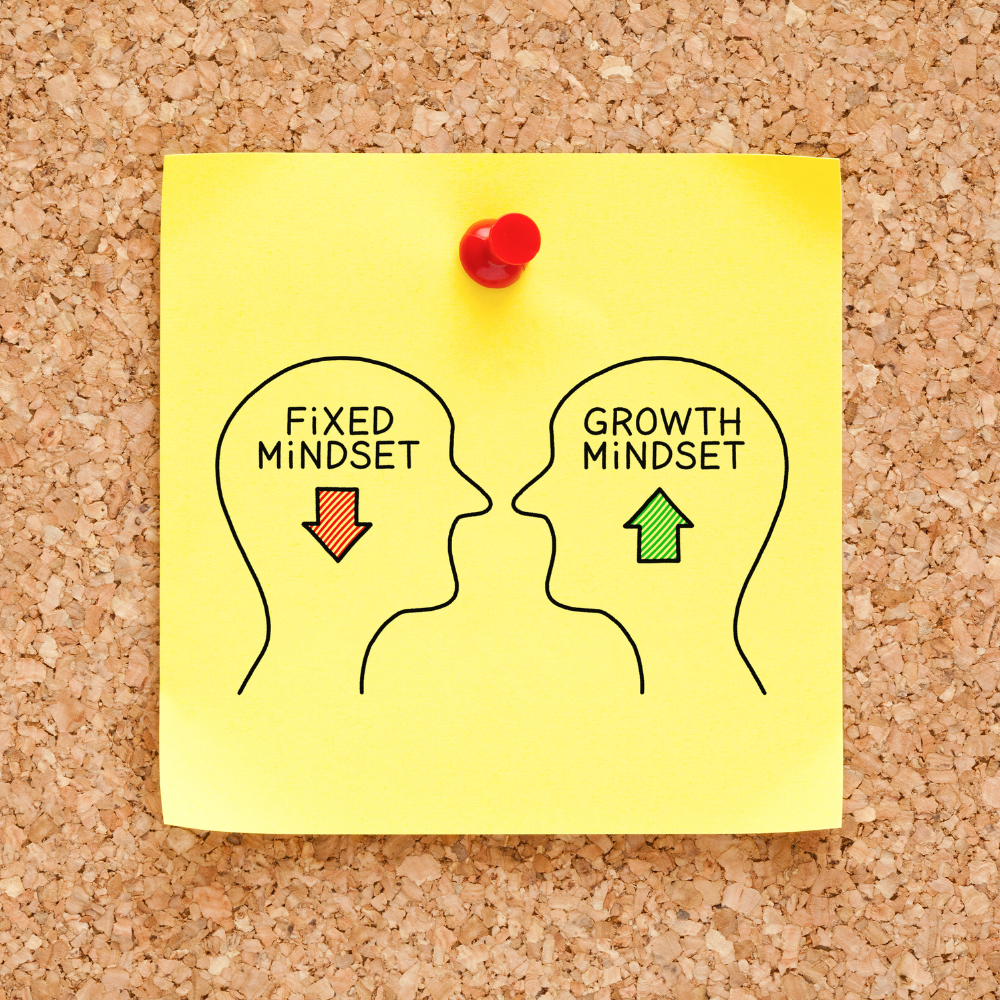

Developing Flexible Thinking Skills
If you want to enhance your flexible thinking abilities, there are various ways you can train your brain to think more flexibly.
Signs of weak flexible thinking skills include difficulty adapting to new situations, feeling overwhelmed by change, and struggling to consider different perspectives or solutions.
If you often find yourself stuck thinking there's only one way to do things, it may be time to work on your cognitive flexibility.
While some people may naturally have a more flexible mindset, flexible thinking can certainly be taught and developed over time.
Through practice and exposure to new experiences, anyone can improve their cognitive flexibility.
There are many flexible thinking activities that can help.
These include brainstorming, puzzles, learning a new skill, games that require quick shifts in strategy, or even simple tasks like taking a different route to work.
Engaging in activities that challenge your usual way of thinking can promote cognitive flexibility.
To practice flexible thinking, one must engage in flexible thinking activities that challenge the mind to think in new ways.
It's also important to expose oneself to new experiences and viewpoints, as this can help break down the barriers of inflexible thinking.
Another strategy is to consciously remind oneself that there's rarely only one solution to a problem.
By acknowledging this, we can begin to solve problems in more creative and effective ways.
So, how can we cultivate flexible thinking skills? Here are a few helpful strategies:
- Practice Mindfulness: Being present in the moment can help us break out of rigid thought patterns and increase our awareness of alternative perspectives.
- Engage in Creative Activities: Creative hobbies such as painting, writing, or music can stimulate cognitive flexibility and encourage exploration.
- Examine Different Viewpoints: Seek out opinions that differ from your own and genuinely try to understand them. This process can help you develop empathy and expand your thinking.
- Learn from Diverse Sources: Expose yourself to diverse cultures, sources of information, and fields of study. This can help you develop a more comprehensive understanding of the world and think outside the box.
- Collaborate with Others: Working with people from different backgrounds can challenge your thinking and open up new ideas. Collaboration encourages flexibility as it requires compromise and adaptation.
- Embrace Change: The ability to adapt and pivot when things don't go as planned is crucial for flexible thinking. Embrace change as an opportunity for growth and learning.
By incorporating these strategies into your daily life, you can begin to build stronger cognitive flexibility skills and unlock your full creative potential.
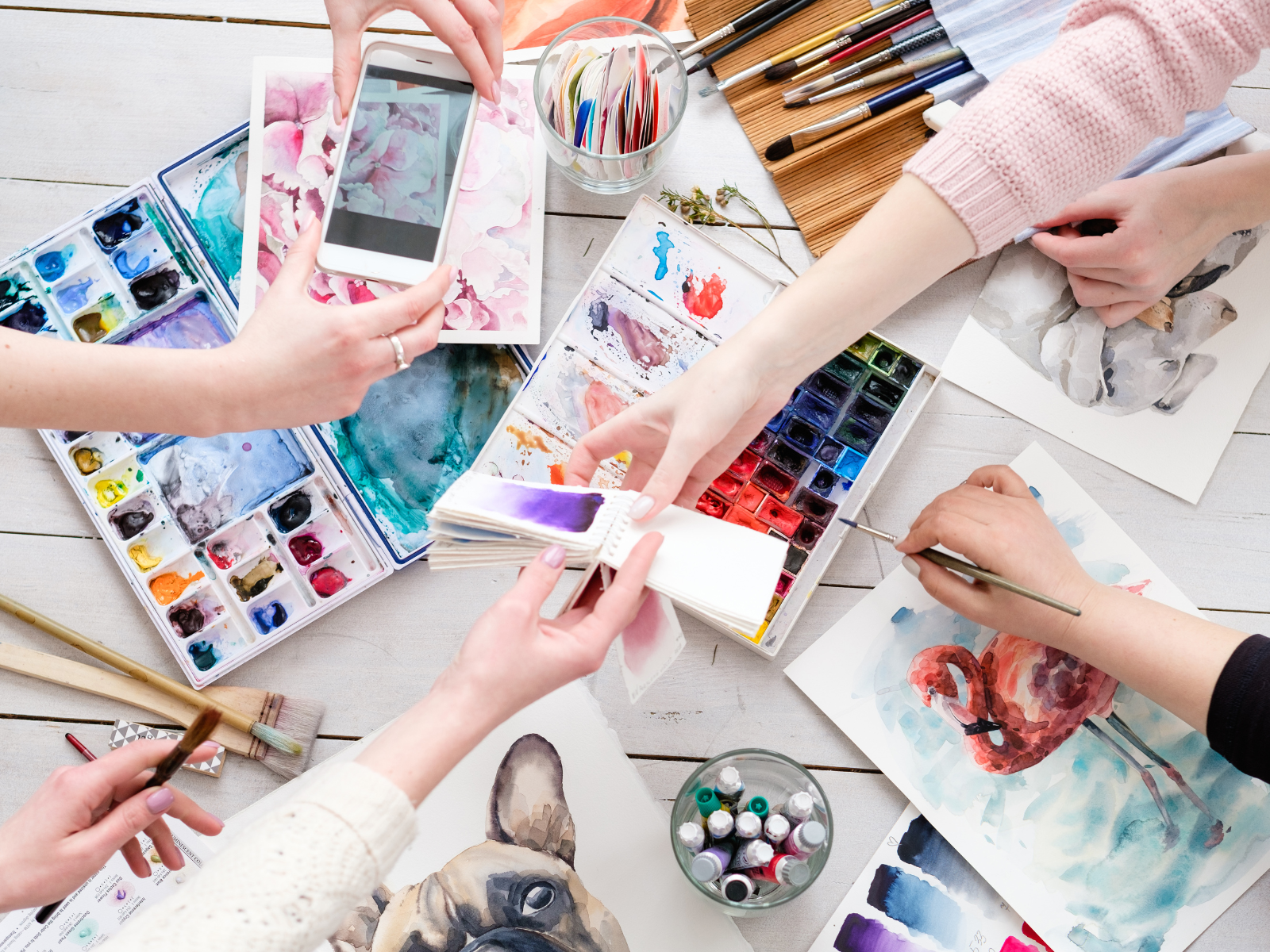
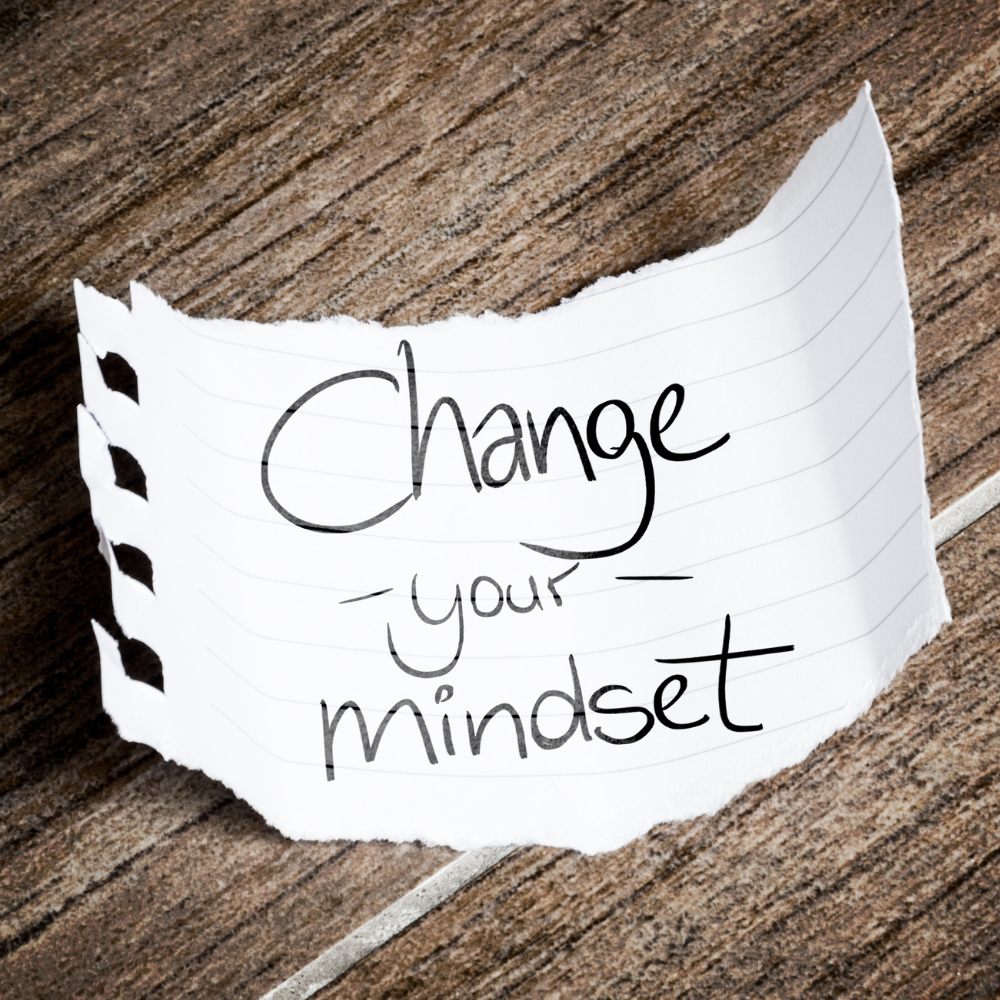

Strategies for Enhancing Flexible Thinking
Now that we understand the importance of flexible thinking let's dive into some practical ways to cultivate this mindset:
- Embrace a Curious Mindset:
To fuel your creative process and encourage flexible thinking, you need to be open-minded to new and exciting ideas.
That means being curious about everything, even if it doesn't seem directly related to your art.
The more diverse your knowledge and interests, the more you will have to draw from when it comes to generating new and unique ideas.
So, be curious, ask questions, and explore new things.
- Embrace Uncertainty:
Often, fear holds us back from experimenting with new ideas or techniques.
Embracing uncertainty is the first step to overcoming this fear.
Instead of focusing on the outcome, allow yourself to be curious and explore without preconceived ideas of what's "right" or "wrong."
This approach can lead to unexpected discoveries and breakthroughs.
- Practice Brainstorming:
Brainstorming is an excellent way to generate a multitude of solutions and ideas quickly.
Grab a pen and paper, take a deep breath, and start brainstorming.
Brainstorming is perfect for fostering flexible thinking, as it encourages you to generate as many ideas as possible without judgment.
Whether you're brainstorming for your next big project or just for fun, it's important to let your mind wander and think outside the box.
Don't be afraid to write down even the silliest of ideas; sometimes, those end up being the most innovative.
- Challenge Yourself:
To improve your flexible thinking, you need to challenge yourself.
That means stepping out of your comfort zone and trying new things.
It can be as simple as trying a new art form or experimenting with a new technique.
The point is to break away from your routine and allow yourself to explore new possibilities.
- Try Different Perspectives:
To nurture flexible thinking, you need to be able to see things from different angles.
Challenge yourself to think from different viewpoints, whether it's imagining how your artwork would look from a bird's eye view, or considering how someone else might interpret it.
Experimenting with different perspectives helps you step out of your own perceptions and allows room for new ideas to form.
Creative burnout is real and can hinder your flexible thinking process.
It's essential to take breaks to recharge and refresh your mind.
Whether it's meditating, reading a book, taking a walk, or spending time with loved ones, taking breaks helps clear your mind and come back to your work with renewed enthusiasm and creativity.
It's all about finding balance and allowing yourself to relax and recharge.

Flexible Thinking: The Key to a Brighter Future
In a world that's constantly evolving, it's essential to cultivate flexible thinking skills.
It allows us to adapt, grow, and thrive in an ever-changing landscape.
Flexible thinking is a powerful tool that can unlock the full potential of our minds, and as creators, it's essential to nurture this skill, as it allows us to push boundaries and continuously evolve our creative abilities.
Thinking flexibly is more than just a cognitive skill; it's a way of life that can lead to greater creativity, innovation, and adaptability.
By understanding its importance, overcoming rigid thinking patterns, and practicing cognitive flexibility, we can unlock our full potential and thrive in an ever-changing world.
Remember, the ability to think flexibly is within all of us; it just takes practice and a willingness to embrace change.
So, go ahead, challenge your thoughts, embrace different perspectives, and see where your flexible thinking takes you.
Now it's time to put these concepts into practice and see the amazing results they can bring; the possibilities are endless when you have an open mind.
Let's keep exploring and pushing the boundaries of what we can create together; it's time to embark on this exciting adventure of flexible thinking!

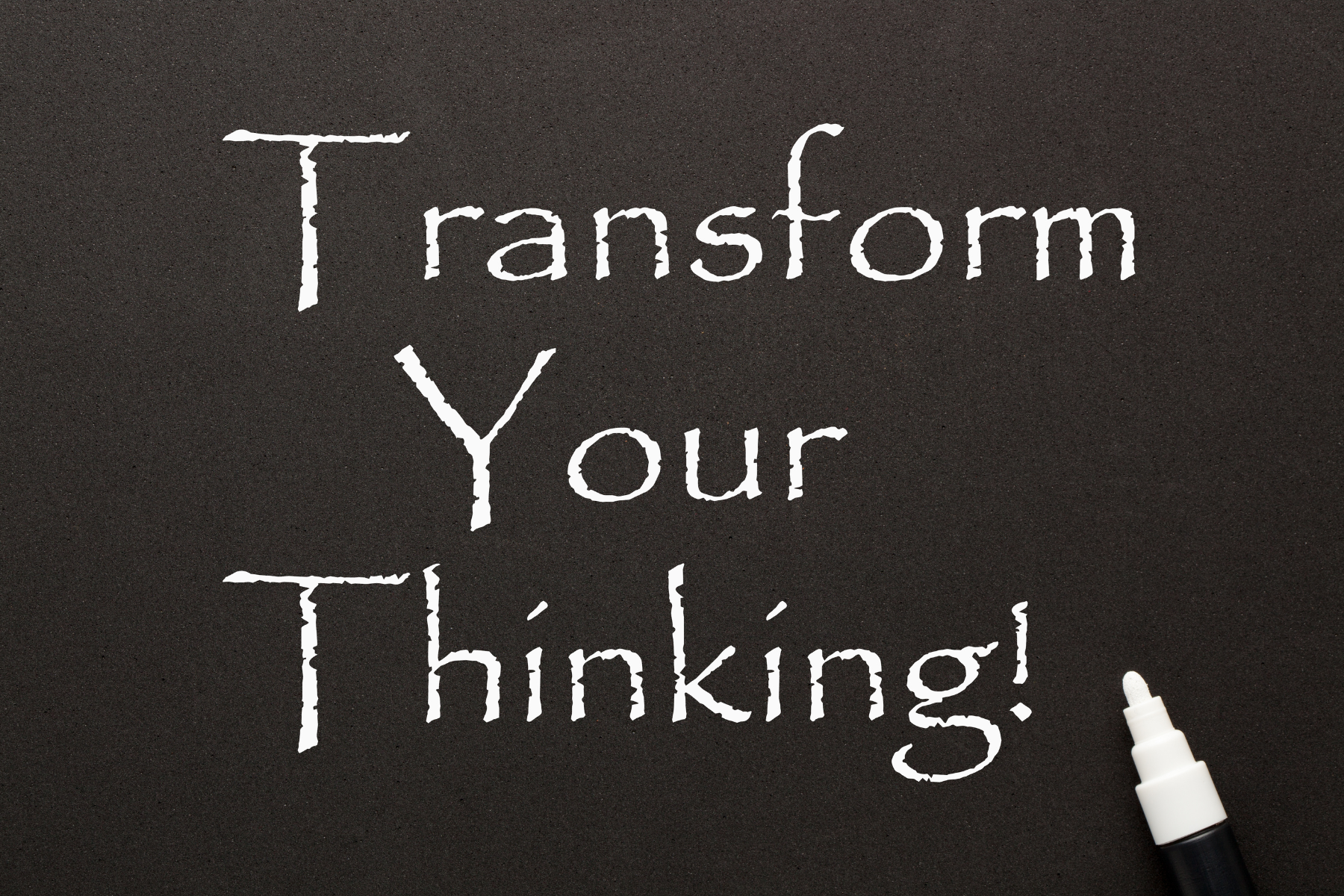
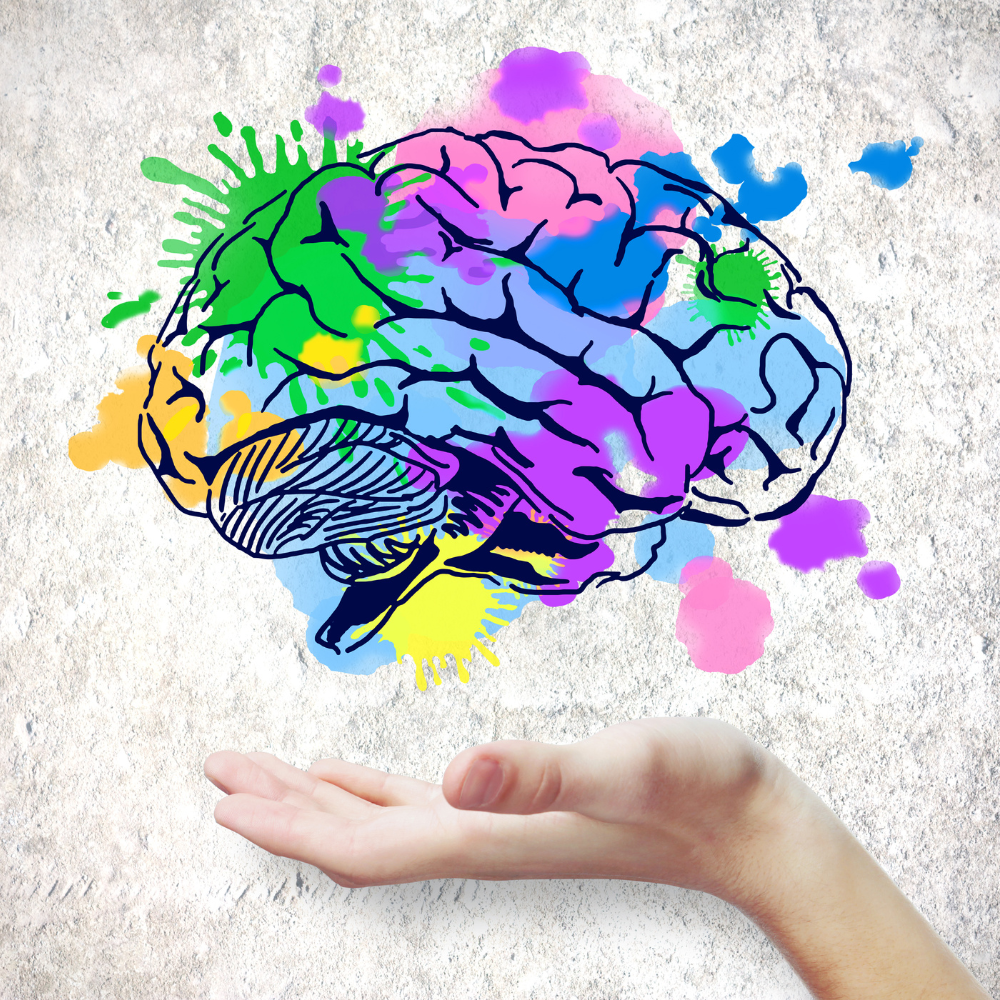
Interested in learning more about flexible thinking? Check out BBC Ideas' video!
Want even more content about creativity and art?
Be sure to check out all of our creative chronicles!
Eager to explore your creativity?
Check out some of our other articles:
-Critical thinking and creativity
-Divergent vs convergent thinking


